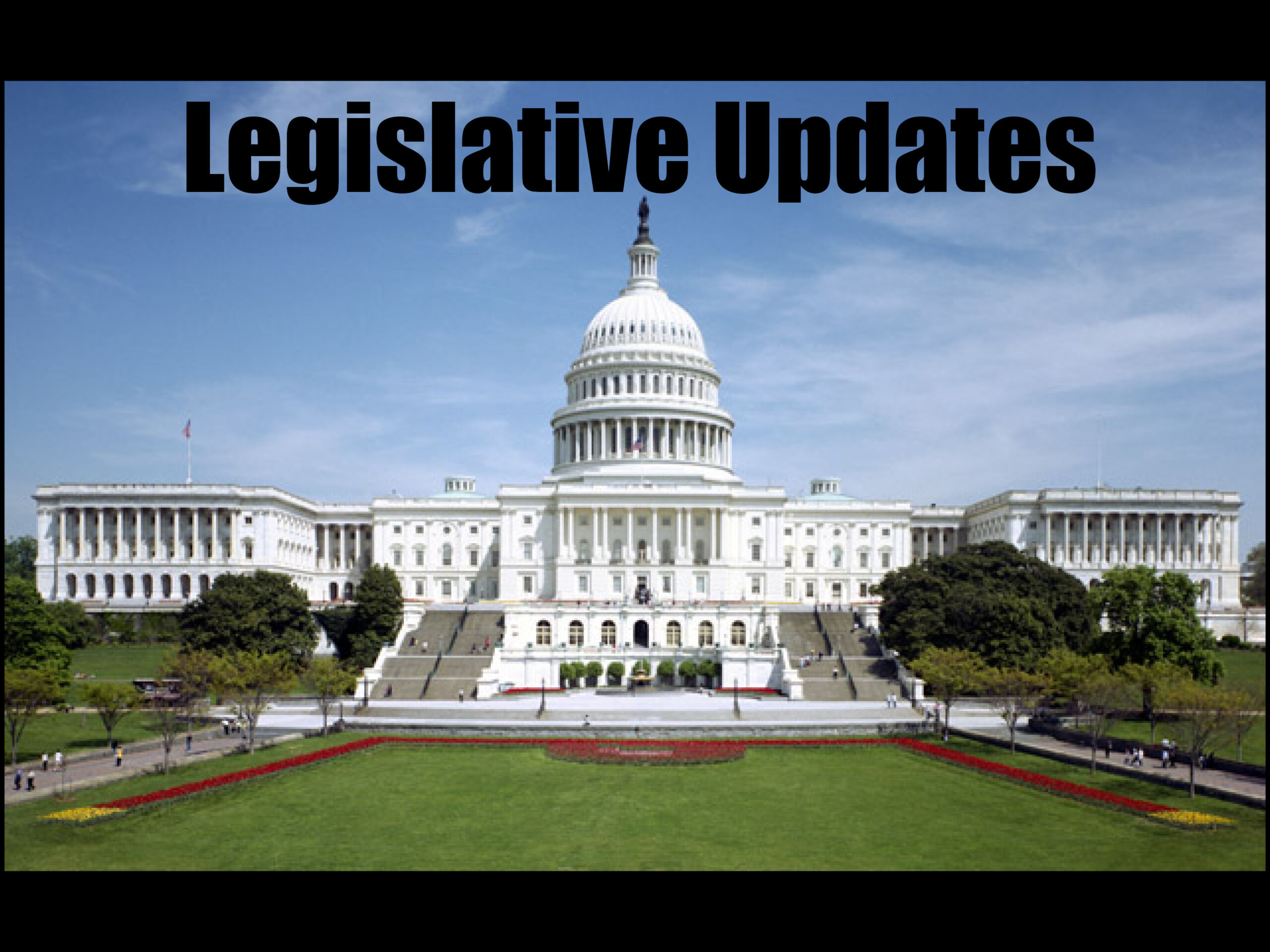Skilled Nursing Unfunded Staffing Mandate
1201 L Street NW Washington, DC 20005
www.ahcancal.org
It is impossible to implement because the workers are not available. Nursing homes can’t meet increasing, unfunded staffing requirements when they can’t find caregivers. This unfunded mandate would require nursing homes to hire more than 102,000 additional caregivers to meet requirements. The sector is still grappling with a historic workforce crisis. Nursing homes are desperately trying to hire more staff, but positions often sit vacant for months. With a limited pool of qualified nurses and nurses’ aides throughout health care, a federal staffing minimum would mean nursing homes would have to try to steal workers away from other health care settings. Meanwhile, there is a growing shortage of nurses throughout health care, as hundreds of thousands are expected to retire or leave the health care profession entirely in the coming years.
It is impossible to implement because there are no funds to pay for it. This unfunded mandate could push nursing homes on shoestring budgets over the edge. Chronic Medicaid underfunding and soaring inflation means many facilities are operating on the brink of closure, and an unfunded mandate could push them over the edge—severely impacting seniors’ access to quality care. An analysis by CLA (CliftonLarsonAllen LLP) found that this mandate would cost $6.8 billion annually to cover the cost of hiring the 102,000 additional caregivers necessary to meet the requirements. This number far exceeds CMS’ estimate of $4 billion annually–and does not account for any future wage increases or adjustments. There is simply not a scenario in which already underfunded facilities can absorb this impact.
A nationwide one size fits all policy will not work. Every administration, including the Obama Administration, has considered a nationwide staffing mandate, and has rejected the idea. The states differ dramatically. State Medicaid rates vary from $170 a day to over $400 a day. It makes no sense to have the same requirement in every state, which is why 46 states have adopted their own minimum staffing policy. In addition, there are nursing homes in New York City with over 600 residents and homes in Iowa with less than 40. The 24/7 RN requirement applies equally to both. This makes no sense.
The Biden Administration’s process to issue this rule was deeply flawed. The President announced the policy and then announced that the Administration would conduct a study to determine if it was a good idea. They should have done the reverse. Study first, then decide. Not surprisingly, the study did not support the policy. The Abt study concluded that there was “no obvious plateau at which quality and safety are maximized or ‘cliff’ below which quality and safety steeply decline.” Then after an accidental posting of the study on the CMS web site, OMB cancelled future discussions on the rule, and CMS announced the rule 72 hours later. It also would have been helpful if the Administration had talked with the sector before the President’s announcement. That did not occur.
The mandate is impossible to manage and implement for most providers. If finalized today, nearly 94 percent of facilities would not meet one or more requirements. The current structure of the mandate calls for significant citations, fines, and potential removal from the Medicare/Medicaid program if staffing requirements are not met—making it evident that the government lacks awareness of how the real world works. For instance, a nurse may call in sick at the last minute before their shift, yet there are other caregivers (e.g., LPNs) available to help monitor residents until another RN can be identified. This single call from an employee could push a facility out of compliance. If there is one single occurrence when the nursing home doesn’t meet these requirements, they’re at risk of significant penalty—simply because of an arbitrary mandate from an out-of-touch federal government.
The Biden Administration discounts the important role of licensed practical nurses and other members of the care team. The Abt study commissioned by CMS concluded that “there is no consistent relationship of quality and safety with LPN staffing.” Therefore, the proposed rule gives zero credit in the hours requirement for the work of 170,000 LPNs. It only focuses on nurse aides and registered nurses. This is an insult to the hard work and dedication to our residents of LPNs across the country. Moreover, the role of LPN offers career ladder opportunities for CNAs, helping to improve staff retention. In addition, social workers, activity directors, dietary aides, therapists, and more all contribute to the health and wellbeing of our nursing home residents. They deserve to be recognized and counted.
TAKE ACTION:
Tell the Biden Administration and CMS that an unfunded staffing mandate for nursing homes will not improve quality or the labor crisis. It will only reduce access to care for our nation’s seniors.
FAST FACTS:
Nursing homes would need to hire 102,000 additional nurses and nurse aides that don’t exist.
94 percent of facilities are not currently meeting at least one of the proposed requirements.
Facilities that predominantly serve residents relying on Medicaid (which is chronically underfunded) are less likely to meet these requirements.
The unfunded mandate is estimated to cost $6.8 billion/year–well over CMS’ estimate of $4 billion annually.
More than 287,000 (nearly one-quarter) residents are at risk of displacement as facilities may have to reduce census in order to comply.







